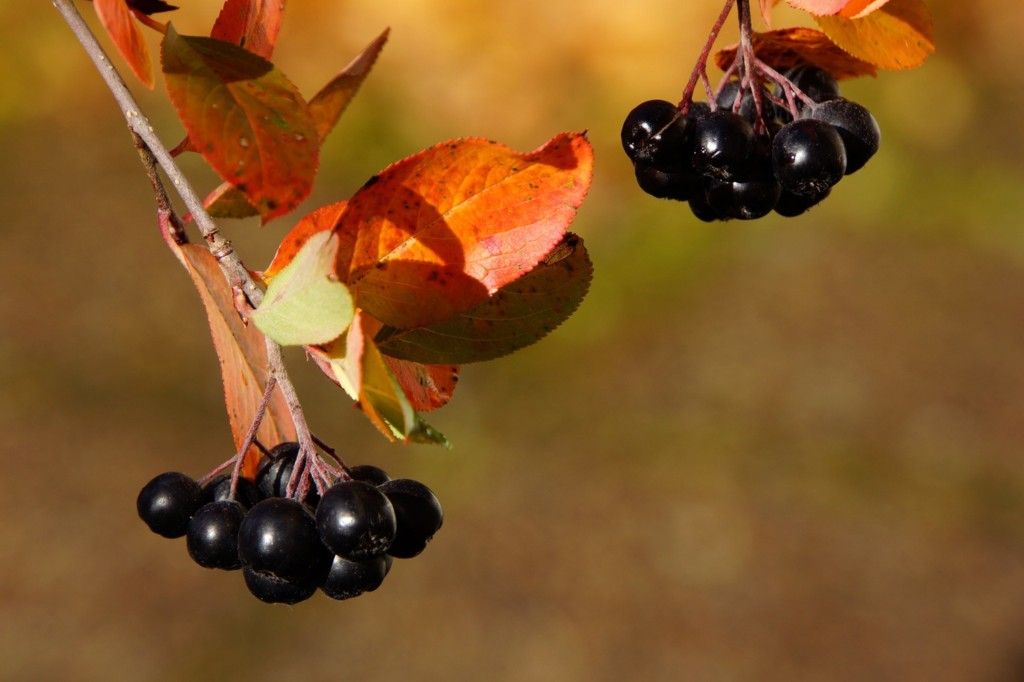Aronia is the botanical name for our native red and black chokeberry shrubs that provide four seasons of interest and are drought tolerant once they are established in gardens.
The aronia with black berries is winter hardy in zones 3-8 while the one with red berries is hardy zones 4-8. Both types will grow from cuttings taken in early summer, or from seeds stripped of their fleshy coating if planted in the fall.
They produce the best berries if planted in full sun. Prune them after they flower to keep them from getting leggy and they will develop a bushy shape at your preferred height. Remove suckers, also, unless you want them to increase and naturalize in a woodland or other informal setting. They will tolerate boggy sites and also adapt to dry conditions and shade as well.
The red one is the most ornamental with bright red edible fruits and brilliant fall foliage. ‘Brilliantissima’ is a popular variety and can be trimmed into an attractive shrub or small tree.
All chokeberries have attractive clusters of white flowers in the spring with conspicuous pink anthers and also glossy green leaves all summer. The birds find the black chokeberries somewhat tart so leave them on the shrub until later than the red ones. These shrubs are host larval plants for the coral hairstreak butterfly.
This is Moya Andrews, and today we focused on native aronia.










